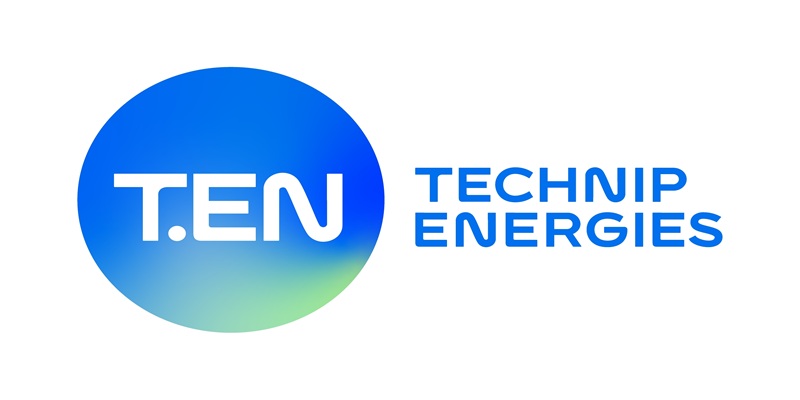Schedule a Call Back
Government is making concerted efforts to grow defence exports
 Interviews
Interviews- Mar 30,24
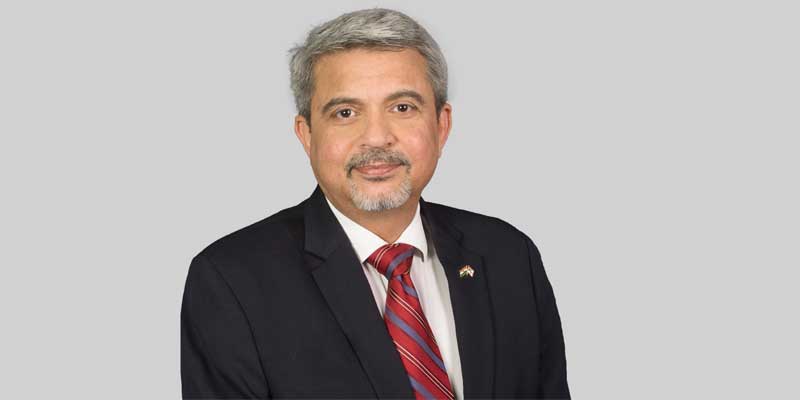
India was the world’s largest defence importer from 2018-2022, accounting for about 11 per cent of all global defence imports. However, the recent trend shows this situation changing with India’s import dependency decreasing significantly. In this interview with Rakesh Rao, Cdr Gautam Nanda, Associate Partner - Aerospace & Defence, KPMG India, gives a brief of overview of the Indian Defence & Aerospace (D&A) industry and also highlights key challenges that the industry need to address.
What is the size of the D&A industry? What is the import dependency of the D&A sector in India? Has it come down in the last 5 years?
The output of the Indian D&A sector in FY 2022-23 was Rs 1,08,684 crore. This includes the overall production in the Defence Public Sector Undertakings (DPSUs), other PSUs and Joint Ventures (JVs) and the private sector companies within this space. The private sector accounts for about Rs 21,083 crore of the above-mentioned value and its share as part of the overall industry is growing at a healthy rate. In terms of import dependence, India was the world’s largest defence importer from 2018-2022, accounting for about 11 per cent of all global defence imports. This is primarily because of some of the major platforms inducted recently into the Indian armed forces.
The recent trend however shows this situation changing and India’s import dependence is decreasing significantly. In the past 5 years (2018-2022), the overall imports by India stand at approximately Rs 128,218 crore, this is down from Rs 143,581 crore in the prior 5-year period (2013-2017). A look at some of the major announced and ongoing programs as well as the policies in place for procurement show that there is a big push for ‘Make in India’, and most procurements henceforth will need to have a sizeable part of its value manufactured in India.
Any significant announcements for the D&A sector in the interim budget?
The overall capital allocation has increased from Rs 161,290 crore in 2023-24 to Rs 172,000 crore in 2024-25, an increase of over Rs 10710 crore (6.6 per cent). In the interim budget 2024, the capital budget has not been split up between the various services but has been presented as a consolidated value. This may change and we may get a service wise breakdown when the consolidated budget is released later in the year. Allocation towards aircraft and aeroengines from all the services has been hiked from Rs 28,221 crore in 2023-24 to Rs 40,777 crore in 2024-25 - an increase of more than Rs 12,556 crore. What are the challenges faced by OEMs (and component manufacturers) in the defence & aerospace manufacturing space? What are probable solutions to solve some of these challenges?
The capital acquisition budget of the armed forces, which is used for the procurement of new military hardware, systems and platforms, forms only 25-29 per cent of the overall budget of the armed forces. This limits the funding available to the services, and therefore the potential target market for the OEMs and other industry players.
Furthermore, while the Indian defence budget is large, India alone is not a large enough market for any OEM or component supplier to sustain their business and take advantages of the cost arbitrage that economies of scale bring. The demand from the Indian armed forces are cyclical in nature which results in a large portion of the capacity being underutilised or in cases of low production capacity, the delivery timelines are extremely long.
An effective solution to this problem would be to focus on exports and use the additional global demand to bring in economies of scale and ensure production facilities are effectively utilised. The government understands this and has therefore made concerted efforts to grow defence exports, Indian defence exports which stood at Rs 1,521 crore in FY 2016-17, have grown to Rs 16,000 crore in FY 2022-23 and are on track to grow further in FY 2023-24.
While this growth is extremely encouraging and healthy, it is also critical to ensure that the exports also include high value-added products and platforms and are not limited to low value-added components or raw materials. To ensure this, the products need to match global benchmarks of quality, reliability and capability and therefore effort needs to be put into the design, development and research capabilities within the Indian industry from both the government as well as the private sector.
Are SMEs benefiting from the Make in India initiatives for D&A manufacturing on the ground?
Yes, there is a significantly noticeable effect of the Make in India initiatives within the Indian industry. The major global OEMs within the defence industry realise that in order to tap the lucrative and growing Indian defence market, they need to partner with Indian players. The requirement of a minimum of 40-60 per cent Indigenous Content (IC) within most of the procurement categories of the Defence Acquisition Procedure (DAP) 2020 means that any OEM looking to sell any products to India needs to source a significant part of the same from India. This results in the Indian SMEs and MSMEs becoming part of the OEMs supply chain where Indian suppliers absorb the practices, processes and technologies of the global OEMs to deliver quality products at competitive prices.
Furthermore, the establishment of the Defence Industrial Corridors (DICs) has resulted in the development of nodes of industrial areas where major defence production activities can take place. These industries leverage common infrastructure, security apparatus and result in an ecosystem of MSMEs and SMEs as their suppliers in those regions.
How self-equipped is India in modern day defence technologies like Drone, AI & Robotics, hypersonic weapons, etc?
Modern technology trends such as AI, drones, hypersonic weapons etc., are extremely complicated systems and require a complex ecosystem and supply chain to become effective. While India has undeniable expertise in terms of manufacturing of drones, or final assembly and integration of complex missile systems, we still need to develop some critical capabilities in terms of design and research for technologies needed for these systems.
What are some of the emerging trends in D&A manufacturing?
One of the major emerging trends within the industry is the adoption of Industry 4.0 solutions to enable and empower the manufacturing of complex defence equipment such as engines, sensors, armaments and self-protection equipment.
Furthermore, the need to standardise equipment, tolerances, calibers etc. has emerged as a major requirement for most countries. This standardisation of equipment, communication protocols and other items is being deeply emphasised by armed forces across the world as it would help in collaboration with partners. The defence industry needs to be sensitive to this need wherein common standards will be critical for the industry to leverage existing capabilities and for growth.
Related Stories
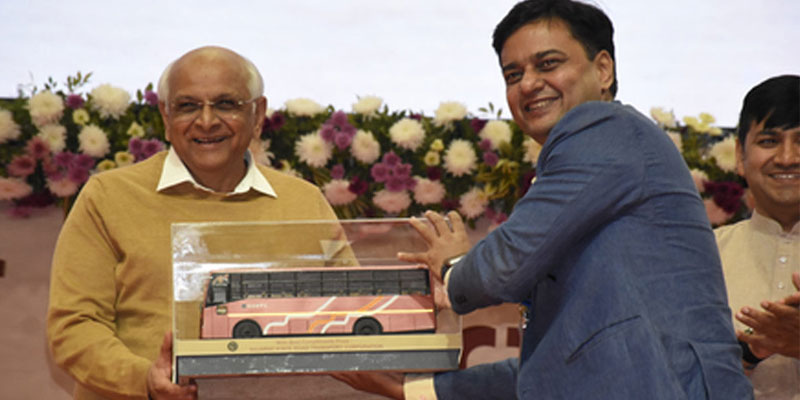
Vibrant Kutch Programme Secures Rs 85bn in MSME MoUs
District event boosts investment and growth in Gujarat’s Kutch
Read more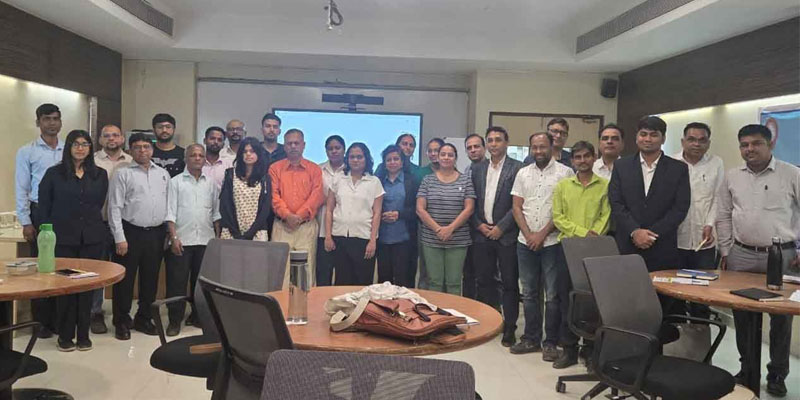
KJSIM Hosts MSME Programme on Quality and Exports
Five-day MDP equips entrepreneurs for global markets
Read more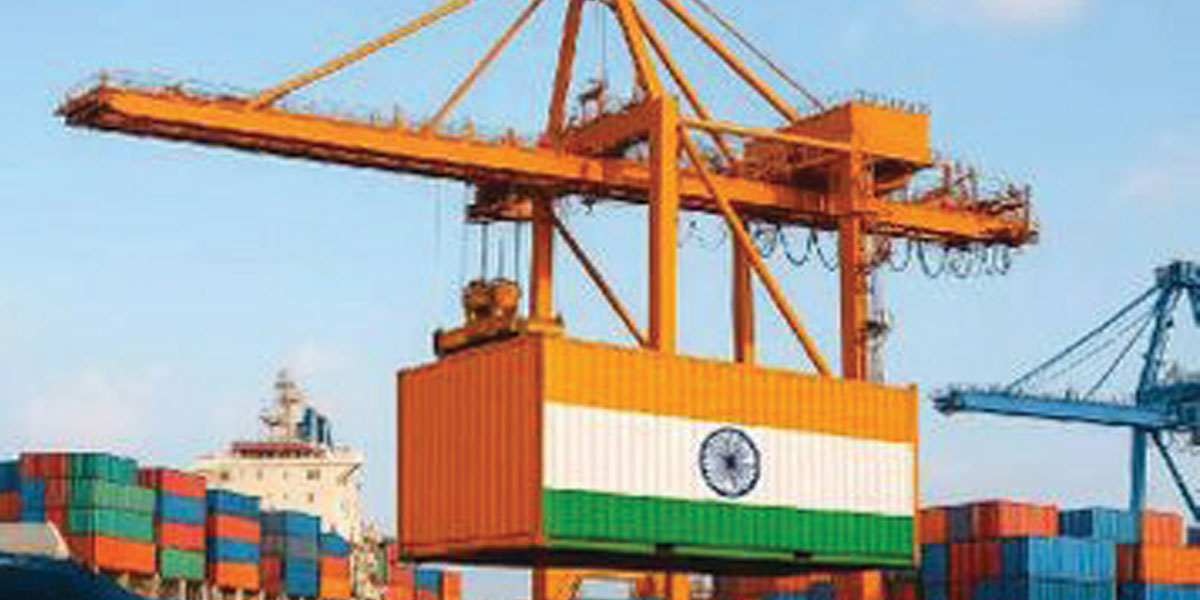
Govt Unveils Rs 72.95bn Export Credit Support Package
Interest subsidy and guarantees to boost MSME exports
Read moreRelated Products
Troop Comforts revolutionises military gear with indigenous innovations
Troop Comforts Ltd (TCL), a state-owned defence corporation, has recently received a request for proposal (RFP) from the Northern Command of the Indian Army for its indigenously developed military gea Read more







